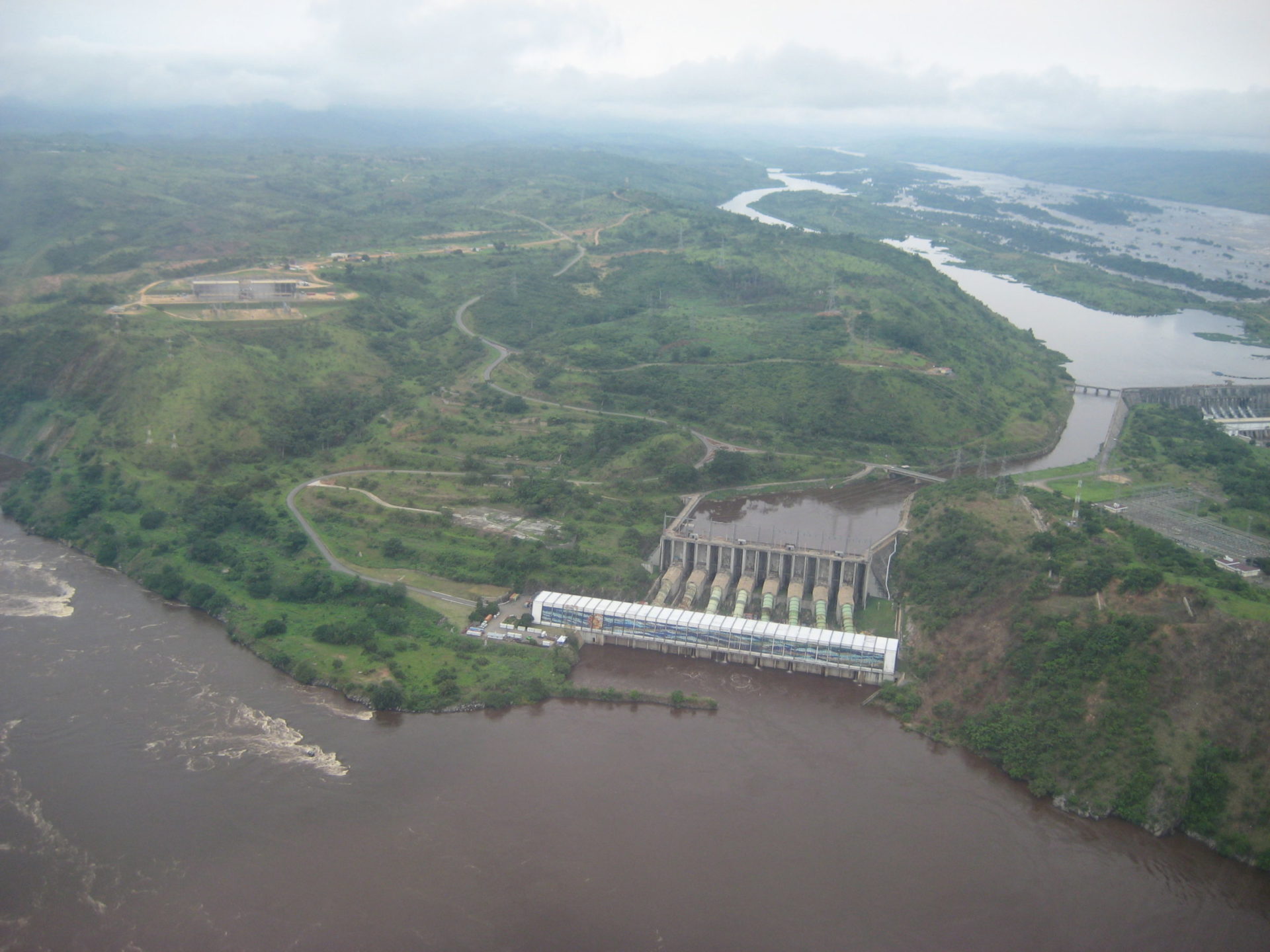

In the 1930s, many idealistic people of good will enlisted in the communist movement, only to discover that its promised land offered not heaven on Earth but hell. Having gone through that experience, writers like George Orwell, Arthur Koestler, and Whittaker Chambers shared their hard-won wisdom in some of the twentieth century’s most noteworthy books, so that others like them, and most certainly society as a whole, might be duly warned from making the same mistake.
In Apocalypse Never: Why Environmental Alarmism Hurts Us All, veteran environmental activist Michael Shellenberger makes an excellent attempt to deliver a similar signal warning against today’s most seductive political cult.
Shellenberger’s personal voyage of discovery began as a young green movement missionary seeking to protect indigenous peoples from the alleged harms of economic development. On these travels he discovered the real evil crushing the lives of billions of people — poverty — and how the limitations imposed on them by some of the richest of the world’s elites in the name of conservation not only prevented their escape from brutal grinding poverty but undermined the putative goal of preserving the wonders of nature.
In further pursuit of this insight, Shellenberger then takes the reader on a tour of the African horror show. There, European aristocrat–led organizations like the World Wildlife Fund — following the example of Sierra Club founder John Muir, who advocated for the expulsion of Native Americans to create the Yosemite and Yellowstone national parks — have paid local potentates to clear vast lands of over 14 million poor natives to create game reserves for their aesthetic pleasure. Far from protecting wildlife, however, these cruel projects have served to incite their victims to seek revenge by killing the animals that displaced them.
Shellenberger contrasts this model of environmental preservation with that of economic development fueled by electricity generation, which gets people off the land not at gunpoint, but through the offer of city jobs in factories and offices. Environmentalists have denounced these opportunities as “sweatshops,” but Shellenberger shows that for those able to seize them they are godsends, allowing them to leave behind backbreaking rural lives hauling water and chopping wood to become motor-scooter-liberated commuters, riding home from work to electrified apartments with lighting, air conditioning, electric stoves, indoor plumbing, and flat-screen TVs.
Shellenberger then generalizes from such particulars to develop a broader theory of environmental conservation that is not in conflict with human needs, but coherent with them. His theory is based on two main principles. First: that to preserve the natural we must embrace the artificial. And second, as a central example derived from this, that we must base our civilization on the densest possible energy sources. A substantial part of the book is devoted to unpacking these two principles.
The first principle is diametrically opposed to current environmentalist ideology, which holds that we should base our lives and society on natural foods and materials. But Shellenberger’s logic is overwhelming. In the 1800s, Europeans and Americans killed tens of thousands of whales and hundreds of thousands of elephants every year to produce whale oil for lantern fuel and bone and ivory for innumerable objects ranging from combs and chess pieces to billiard balls and piano keys. But the petroleum industry helped to reduce these slaughters by replacing whale oil with kerosene and ivory with plastics. So, the natural was saved by embracing the artificial, with humanity enjoying much cheaper goods. On the other hand, where such change has been resisted, the harm to nature has been severe. Environmentalists who insist on buying wild-caught salmon instead of much cheaper farmed salmon — while resisting the sale of genetically modified fast-growth AquaBounty salmon — are doing the ocean’s fish stocks no favors.
Indeed, if one considers the question most broadly, it becomes evident that the least environmentally sustainable lifestyle is that of the hunter and gatherer, who taxes all of his needs on the limited productivity of the prehuman biosphere. In contrast, the most sustainable lifestyle is one that taxes the prehuman biosphere the least, by creating ourselves the resources to support human existence.
This brings us to the subject of energy, and energy density. Back in the 1970s and ‘80s, green romantics adopted the slogan “split wood, not atoms.” In response, nuclear engineering students — of whom I was one at the time — offered the bumper sticker “save a tree, split an atom.” From the point of view of environmental science, the latter was unquestionably correct. The energy contained in a ton of uranium can replace that produced by burning millions of trees, with vastly less pollution, and do so without using resources that would be used by the natural biosphere.

From the point of view of nature preservation, there is no worse way to produce energy than burning trees, and no better way than nuclear power. Fossil fuels offer an intermediate case. They are a product of the natural biosphere, but are not used by it. Burning them does cause pollution, but nowhere near as much as burning wood, as people in developing countries who become affluent enough to afford propane cooking-fuel in place of wood are quick to appreciate. Mining coal does cause environmental disruption, but much less than deforestation. Oil is cleaner than coal, and natural gas is cleaner still. In terms of surface use, the least environmentally disruptive fossil fuel is fracked natural gas, which is drawn up from vast horizontal underground areas through a single well head, drastically reducing the surface footprint.
As for wind and solar, they are not as bad as burning down forests, but the low energy density of their yield means that very large areas must be devoted to their use, at the sacrifice of the natural environment.
Why then has the environmental movement chosen to adopt policies that go 180 degrees counter to its stated goals of preserving nature and reducing pollution? One answer Shellenberger provides is greed — not greed of the rank-and-file greens to be sure, but of the financial interests of the organizations that lead their agenda. Shellenberger argues for this thesis through several chapters discussing all sorts of dirty deals in which vested interests connected to politically influential families such as the Gores (dealing with Occidental Petroleum and Qatar) and the California Browns (the Indonesian oil company Pertamina) and Newsoms (Getty Oil) committed their pawns to environmentally destructive campaigns against nuclear power for their own private gain.
Still, one must ask, what makes the average green willing to commit himself or herself to such a movement? Shellenberger devotes the closing section of his book to this question. As Shellenberger explains it, people — especially the best people — need to have a cause bigger than themselves. For most people, this need for transcendent purpose was once met by religion. But with the coming of the Enlightenment and the waning of faith for many in the developed world, the embrace of the ideals of secular humanism — liberty, equality, fraternity, progress, human betterment — became an alternative foundation for a purpose-driven life. This is where I take my stand. But for many, humanism is not convincing either; they wish to have a standard beyond humanity by which to judge humanity, and have chosen Nature as their god.
Shellenberger says that this is a grave mistake, but that such cultlike beliefs can’t be countered with rationality alone. He argues instead for a new “environmental humanism”:
Attempts to affirm the boundary between science and religion will thus likely not work so long as apocalyptic environmentalists speak to deep human needs for meaning and purpose and environmental rationalists don’t.
As such, we need to go beyond rationalism and re-embrace humanism, which affirms humankind’s specialness, against Malthusian and apocalyptic environmentalists who condemn human civilization and humanity itself. As environmental humanists, whether scientists, journalists, or activists, we must ground ourselves first in our commitment to the transcendent moral purpose of universal human flourishing and environmental progress, and then in rationality. [Emphasis added]
The italicized phrase here is the tricky part. Is the purpose “human flourishing” or “environmental progress?” The environmentalist movement, by its very name, identifies itself as partisans of environmental progress, in whose cause severe constraints must allegedly be placed on human flourishing. It has thus made itself a tool for those who would like to be our constrainers. From a tactical point of view, this has been a rewarding choice by its promoters. Certainly intellectuals who offer their services as oracles for oppression will never lack sponsors. But, as Shellenberger has amply shown, it has not been what is best for the environment.
The goal of policy must be human flourishing, first and foremost. This does not contradict environmental progress. On the contrary, human happiness requires a clean and beautiful environment. We do not want to suffer stinky air or putrid water, and we do want to enjoy grand forests and oceans filled with spectacular varieties of life. That is just one aspect of human flourishing, however. It is an important one, but it must be part of a broader agenda that includes universal prosperity, health, education, opportunity, and liberty.
These goals are not in conflict with environmental improvement. Rather, it is through the advancement of science and technology that we can do the most to improve our world for ourselves, as well as for the birds of the air, the fishes of the sea, and all other beings great and small who will bear us company as we continue the work of creation.
Exhausted by science and tech debates that go nowhere?